Introduction
Master Data Management (MDM) is a crucial discipline for organizations seeking to effectively manage their data. At the heart of MDM lies the concept of the Golden Record, which plays a vital role in ensuring data integrity and consistency. This article explores the Golden Record in detail, including its definition, creation process, benefits, challenges, and best practices for management.
- What is Master Data Management?
- Importance of Master Data Management
- The Concept of the Golden Record
- Creating the Golden Record
- Benefits of the Golden Record in Master Data Management
- Challenges in Maintaining the Golden Record
- Best Practices for Golden Record Management
- Frequently Asked Questions (FAQs)
- Conclusion
What is Master Data Management?
Master Data Management refers to the process of identifying, organizing, and maintaining a single, authoritative source of key data entities within an organization. It involves eliminating data silos, inconsistencies, and redundancies across different systems to provide a holistic and accurate view of the data.
Importance of Master Data Management
Master Data Management is essential for organizations to make informed business decisions, improve operational efficiency, and enhance customer experience. By establishing a single source of truth for critical data, MDM eliminates conflicting or contradictory information and improves data quality, leading to better overall performance.
The Concept of the Golden Record
The Golden Record represents the best, most accurate, and complete version of a specific data entity within an organization. It serves as a single reference point for all related data attributes, ensuring consistency and integrity across systems and applications. Creating the Golden Record involves consolidating data from multiple sources, resolving conflicts, eliminating duplicates, and applying data quality rules and algorithms.
Creating the Golden Record
To create a Golden Record, organizations must first identify the critical data entities they wish to manage. Data from various systems and sources is then collected and integrated. Data cleansing techniques are applied to correct errors, standardize formats, and remove inconsistencies. Duplicate records are identified and merged, resulting in a unified Golden Record. Advanced matching algorithms and data quality rules are used to resolve conflicts and determine the most trustworthy data values.
Benefits of the Golden Record in Master Data Management
Implementing the Golden Record within an organization’s MDM strategy offers several benefits. It ensures data consistency and accuracy across systems, reducing the risk of errors and enabling better decision-making. The Golden Record also enhances data governance and compliance efforts by providing a clear audit trail. Furthermore, it enables organizations to gain a unified view of their customers, leading to targeted marketing campaigns, personalized experiences, and improved customer satisfaction.
Challenges in Maintaining the Golden Record
Maintaining the accuracy and integrity of the Golden Record can be challenging. Data is dynamic and constantly changing, requiring organizations to promptly update the Golden Record with the latest information. Poor data quality, such as incorrect or incomplete data, can also impact the Golden Record’s accuracy. Establishing clear data governance and ownership is crucial to ensure accountability and prevent inconsistencies.
Best Practices for Golden Record Management
To overcome challenges associated with the Golden Record, organizations should follow best practices such as:
- Establishing data governance and ownership to ensure accountability and data stewardship.
- Implementing robust data quality management processes, including profiling, cleansing, and validation.
- Leveraging data integration technologies and MDM solutions to consolidate data into the Golden Record.
- Implementing change management processes to handle updates and synchronize changes across systems.
- Continuously monitoring and improving the Golden Record to address data inconsistencies and evolving requirements.
Frequently Asked Questions (FAQs)
Q: What is the purpose of the Golden Record? The purpose of the Golden Record is to provide a single, accurate, and complete representation of a specific data entity within an organization. It ensures data consistency, integrity, and reliability across systems, supporting informed decision-making and improved operational efficiency.
Q: How is the Golden Record different from other data records? The Golden Record differs from other data records as it represents the best and most accurate version of a specific data entity. It is created by consolidating data from multiple sources, resolving conflicts, eliminating duplicates, and applying data quality rules. The Golden Record serves as the primary source of truth and ensures consistency across systems.
Q: Is the Golden Record static or dynamic? The Golden Record is dynamic in nature. It evolves over time as new data becomes available and existing data is updated. Organizations need to regularly monitor and update the Golden Record to ensure its accuracy and reflect the most recent information.
Q: What are some common challenges in achieving a Golden Record? Common challenges in achieving a Golden Record include dealing with data inconsistencies, resolving conflicts between different data sources, managing data quality issues, and establishing clear data governance and ownership. Addressing these challenges is crucial to maintain a reliable and accurate Golden Record.
Q: How can organizations ensure data quality in the Golden Record? Organizations can ensure data quality in the Golden Record by implementing robust data quality management processes. This includes data profiling to identify anomalies, data cleansing to correct errors and inconsistencies, and data validation to ensure accuracy and completeness. Regular monitoring and improvement of data quality processes are also essential.
Conclusion
The Golden Record is a vital component of Master Data Management, enabling organizations to maintain data integrity and consistency. By establishing a single source of truth for critical data entities, the Golden Record supports informed decision-making, enhances operational efficiency, and improves customer experiences. However, organizations must address challenges such as data quality, governance, and change management to maintain an accurate and relevant Golden Record. By following best practices and leveraging appropriate technologies, organizations can unlock the full potential of the Golden Record and drive business success in the data-driven era.







Leave a Reply